Accessibility audit to ensure WASH services and rights of the persons with disabilities
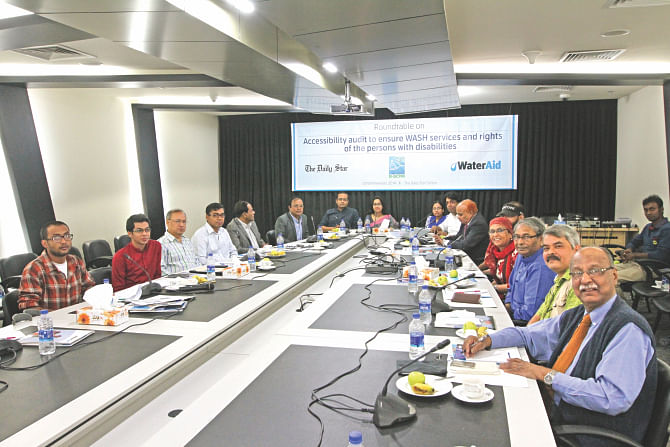
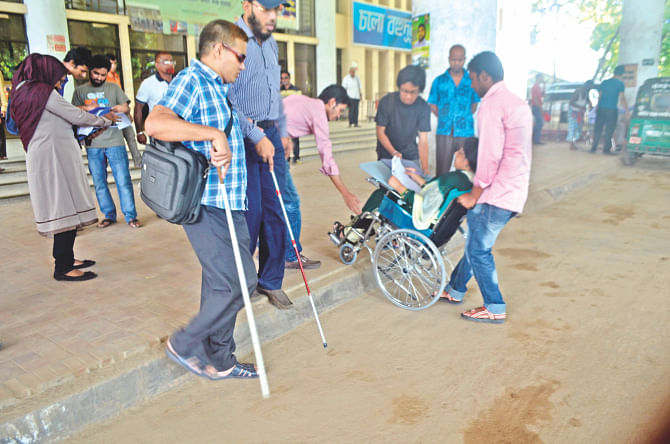
Prologue.
Bangladesh government has enacted a new rights based law titled “Persons with disability rights and protection act-2013”. It has also included accessibility features in “National Building Code 2008”. But the accessibility features are yet to be ensured in public buildings. So participation in regular life by persons with disabilities is still hindered. It is government's duty to make the public buildings accessible for all. But the process is stuck in policy making. There is no authority to supervise the implementation of these policies, even the DPOs cannot perform as pressure group or rights defenders. So, in spite of all the positive initiatives from the government the situation of accessibility of persons with disability has not improved. Education, health, employment, recreation and social participation especially are still marginalised. So mainstreaming of persons with disabilities is becoming an enormous challenge. Most of the time people think that accessibility is expensive. But the fact is that only some adjustment in the design of the buildings, such as ramp or footpath for entering and going to upper floors; Braille blocks for visually impaired persons; floor announcement and Braille buttons in lifts; use of bright colours for persons with low vision; and picture or map for hearing impaired persons make their life easier. So we want to build a barrier-free inclusive society where persons with disability can live with equal opportunity and dignity. We also want to request the civil citizens as well as the government officers to ensure and support a barrier-free inclusive society for all persons with disabilities.
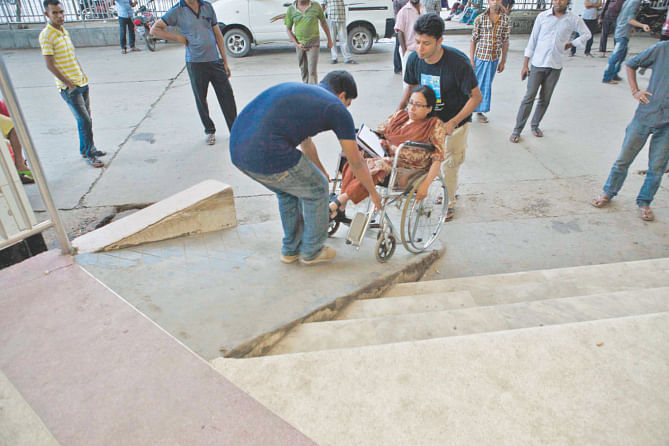
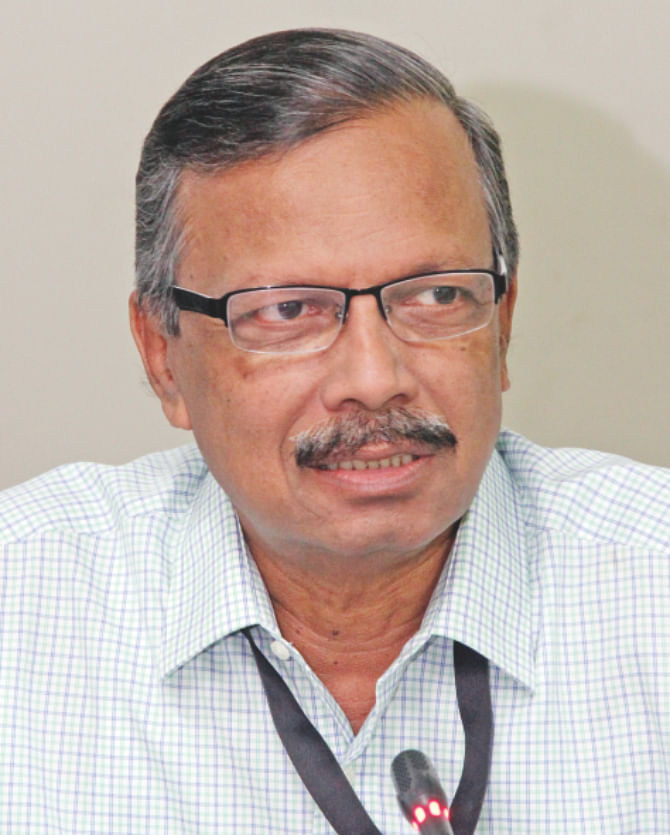
Dr. Salehuddin Ahmed, Managing Editor, The Daily Star
We all are disable in the sense that someone good at something might not be that good in other things. So ensuring rights of persons with disability is not an issue of a certain group rather we all have to ponder over it.
We often see in large commercial buildings that they have every facility except proper toilet. This is a psychological problem, not an architectural problem. In China, I have found that all of their infrastructures are disable friendly. This is a matter of policy and consciousness. That's why we need robust awareness building campaigns to make our policy makers as well as citizens aware of rights of people with special needs.
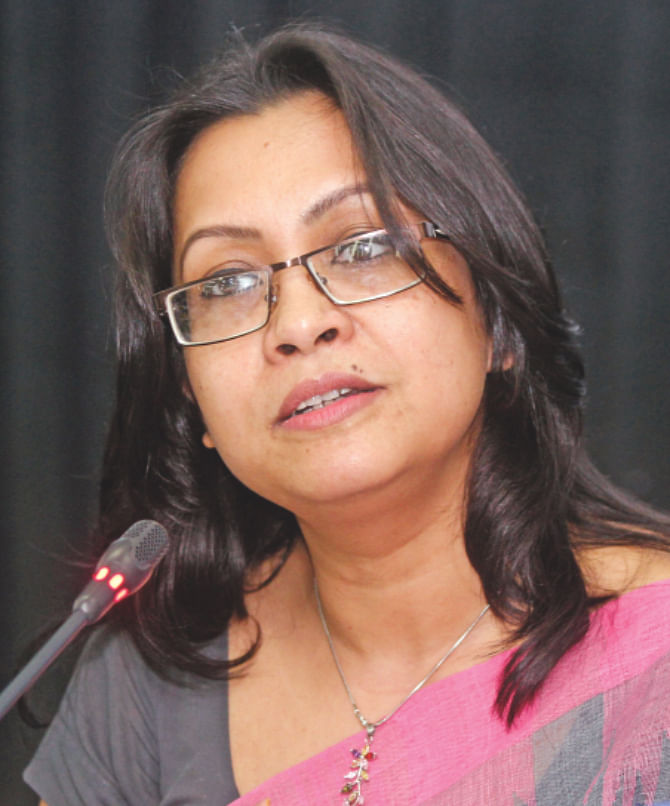
Hasin Jahan, Director-Programmes and Policy Advocacy, WaterAid Bangladesh
Time has come to ensure universal access. WaterAid has given emphasis on ensuring equity and inclusion for the poor and marginalized in the last few years. We contributed in the relevant sections of Bangladesh National Building Code (BNBC) during its development and finalization; and remain instrumental in conducting accessibility audit in public buildings together with B-SCAN. The ultimate aim was to sensitize the policy makers and knock on their thought process. Unfortunately the approval of BNBC remained uncertain for quite a long period though this has been pushed from several corners. We believe that it will be approved soon but that will not be the end of our work. Implementation and subsequent monitoring will be even more challenging. However the approval of the Rights of the Persons with Disabilities and their Protection Act 2013 is a tremendous achievement and it is expected that if all the development partners work together upon approval of the BNBC code, it would not be difficult to ensure universal access to the public building and places. During this journey, the awareness development among mass population is equally important. There is no alternative but to campaign for the same.
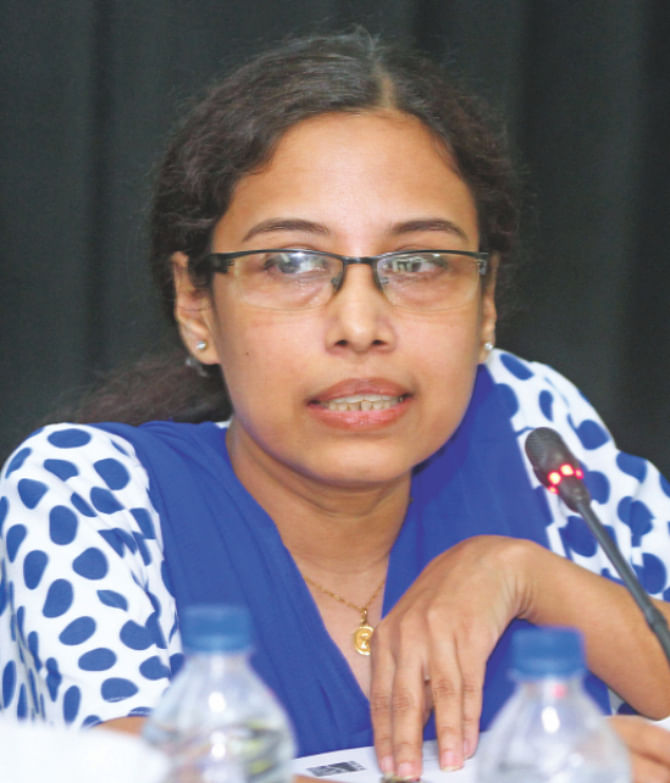
Salma Mahbub, General Secretary, Bangladesh Society for the Change and Advocacy Nexus (B-SCAN)
B-SCAN has been working for accessibility of people with disability since 2009. The audit work is a part of that effort. The audit was done in cooperation with Water Aid, PSTC and Sajeda Foundation. In this assessment study, we have tried to cover needs of all kinds of disable people to ensure accessibility to major public buildings. The study shows that the main obstacle is entrance. Among the 20 buildings, only one has ramp for people with wheelchairs; two have lift facility; not a single bathroom is accessible for persons with disability; only the WASA building has emergency exit system which was found locked during our visit; except one in Gabtoli bus stand there are no accessible toilets for the disabled in the 20 public infrastructures. Social Work department's building is so vulnerable that a wheelchair user cannot enter the building; the glass doors are without proper marking system that can cause serious injury to persons with low vision. We found only a perfect ramp in CDA building among all these 20 public buildings. In railway stations there is no ramp facility. So wheel chairs have to be carried through container carrier passage. Escalators are not suitable for wheel chair users.
We often find colour of door and frame are same which causes serious problem for low vision people as they cannot differentiate between same shades of colour. Another problem is prevalence of columns and pillars here and there which often causes injury to low vision people. Apart from that there should be provision for marking on the floor and railing at the bend of corridors so that they can turn safely. Often it happens that corridors are broad enough but different materials remains scattered over the corridor that cause serious impediment in movement of people with disability.
Unfortunately, we did not find any focal person in these 20 buildings who can take care of the issue of inaccessibility. There are information desks but 22.1% (?) of them are not properly installed.
These are some of our findings. I think these are enough to reflect the severity of the problem of inaccessibility of people with disability.
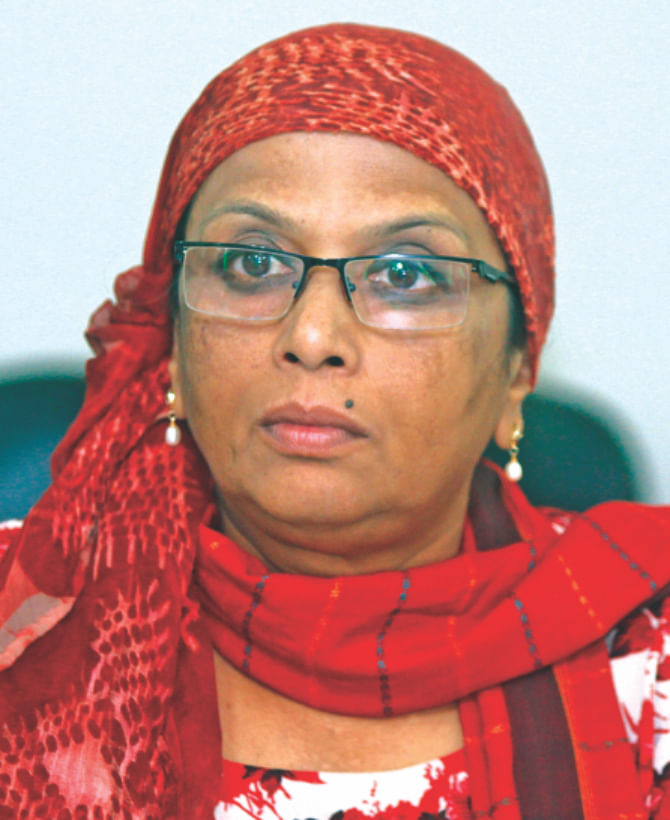
Dr. Zebun Nasrin, Professor and Former Chairman, Department of Architecture, BUET
In our university we hold demonstration classes where students pretend to be blind and wheel chair user to understand what problems a person with disability faces. So the students get lessons on how to design an infrastructure where people with disability can have easy access. Still, we cannot ensure universal accessibility, accessibility for every kind of disability, in our designs. We need to work more on this issue. In our Building Code there is a chapter on general architectural requirements where the disability issue is addressed in details.
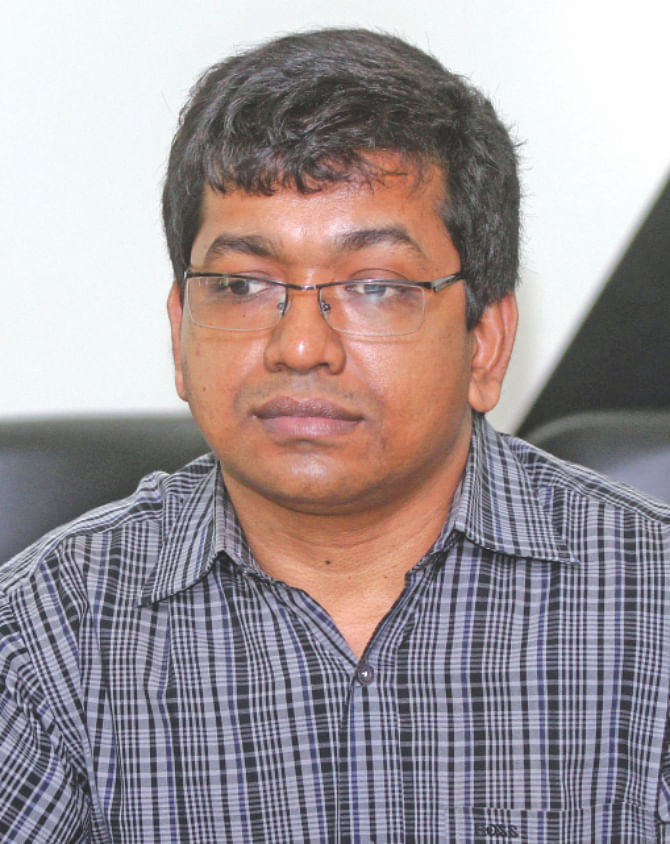
Jibon William Gomez, Executive Director, Turning Point
Disability is not a problem. The real problem lies in our social and administrative structure and perception of the people. Living standard of people with disability develops when their participation and accessibility are ensured.
I will share some experiences of rural areas where our organization usually works. In rural areas it is quite impossible to get access to government buildings like union council and upazila social welfare office. So in rural areas people with disability suffer more.
Cost of structural facilitation is not huge. In western countries and even in India people with disability enjoy full accessibility because their governments make integrated plan. They include organizations of people with disabilities in their planning. We would urge our government to follow their example and make all plans and programmes disable friendly.
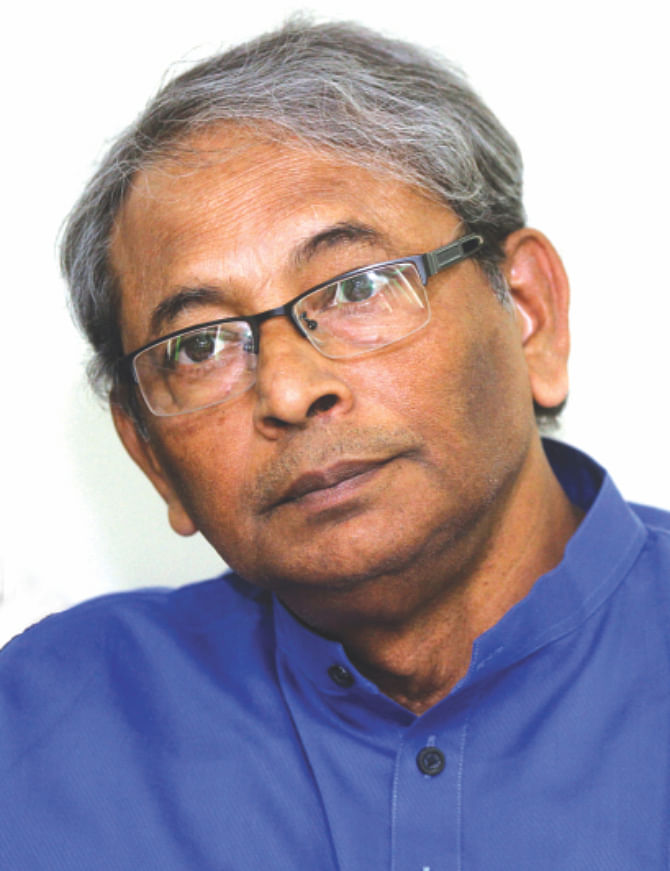
Shafiqur Rahman, Country Director, ADD International
In early '80s there was an outbreak of lathyrism in Rajshahi. It took a severe turn in areas of Charghat and Godagari. People of these areas used to consume excessive amount of a certain legume of the genus lathyrus because of unavailability of any other supplementary food. This is an example how poverty cripples people and causes various kind of disability. We mainly work with the poor section of people with disability. We try to motivate them and bring out their inner spirit and self confidence.
In Bangladesh, WASH is a big problem even for able people. In some public infrastructures there is hardly any WASH facility for general people. So for people with disability the problem becomes acute. Rights and Protection of Persons with Disability Act-2013 includes sixteen provisions of accessibility and mobility. Unfortunately few people are aware about this Act. We need to make people aware about this Act.
We are working for establishing disable friendly latrine in rural areas because there it is a severe problem for people with disabilities. We have developed some designs of disable friendly latrine with the help of BUET. In this project our main targets are physically disable and vision disable. We have also discussed this issue with public health engineering department.
Now we have a disable friendly Building Code but the problem is in the implementation of this Code. We have to ensure implementation of this Code.
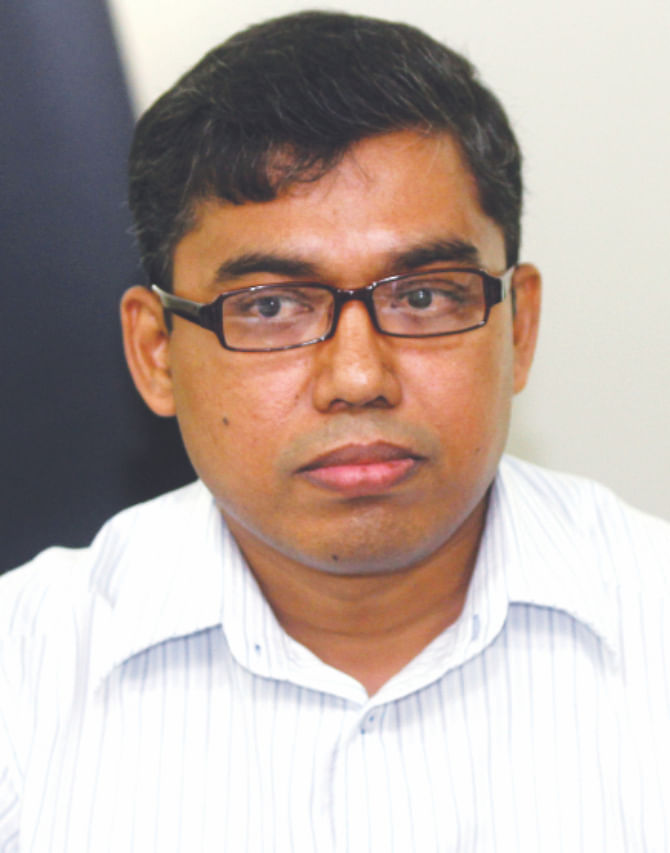
Ilias Mahmud, Assistant Professor, BRAC Institute of Global Health
Generally we consider disability as physical impairment. I think, physical impairment does not necessarily mean disability. For example, if we remove barriers of wheel chair users then the person with wheel chair will no longer remain disabled. With same physical impairment a person will face different scale of disability in different social system. So we need to work on the social system and make it accessible and disable friendly.
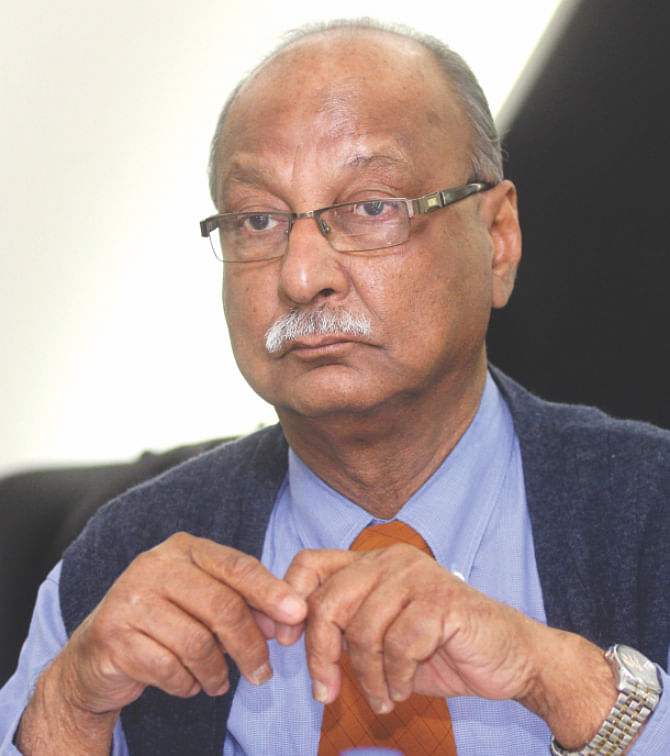
Osman Khaled, President, Society of the Deaf and Sign Language users (SDSL)
I am a person with disability so I understand the problem of accessibility. I have designed a number of buildings with accessibility facilities, especially ramp. In many cases, owner and developers change the design and remove the accessibility facility. The government is not aware of these irregularities. There is no monitoring system. Without implementation any design is clueless. We require both implementation and monitoring.
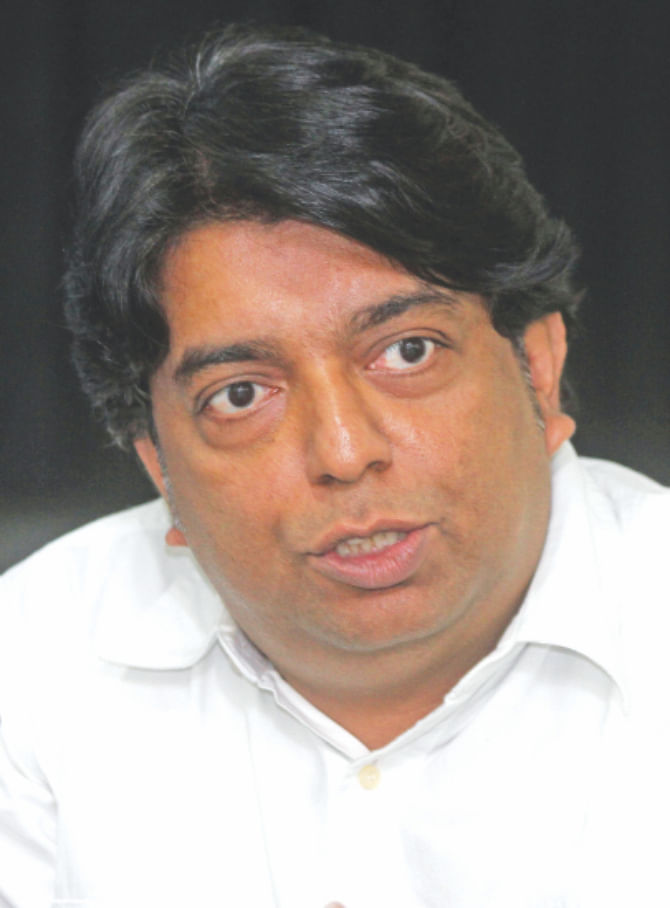
Shabab Raihan Kabir, Asst. Chief Architect, Ministry of Housing & Public Works
I am not comfortable with the word disable. According to Valerie Taylor they are specially able. I also prefer this term.
In the city, there are internal roads and footpaths which are full of potholes. How can a person with disability use these roads and footpaths? We should seriously consider this issue. Universal accessibility refers to access to everything. In Japan, a wheel chair user has access to car because the car is specially designed. They have made special knife and computer for arthritis patients. Not just buildings but everything is part of universal accessibility.
Public building is our main concern. In our recent work we have ensured full accessibility for persons with disability in public hospitals. Previously I was unaware that visually impaired people can see red and yellow colour though it varies from general people. After knowing that we brought some changes in our design to make public hospitals accessible for visually impaired people. Track of red and yellow mark were used so that they can move easily following those tracks. We especially ordered red and yellow marked tiles from a company. Ramp stairs were used instead of steep stairs. Even we gave special railing in balcony and especial tiles in bathrooms. These modifications were affordable within our budget.
In the Building Construction Regulation of 2008, there is a new provision of compulsory occupancy certificate before using any building. After construction of a building the architect of the building has to give an occupancy certificate approving that the building is constructed according to the architectural design. If an architect finds any deviation he will give veto and then the developer has to fix the anomaly.
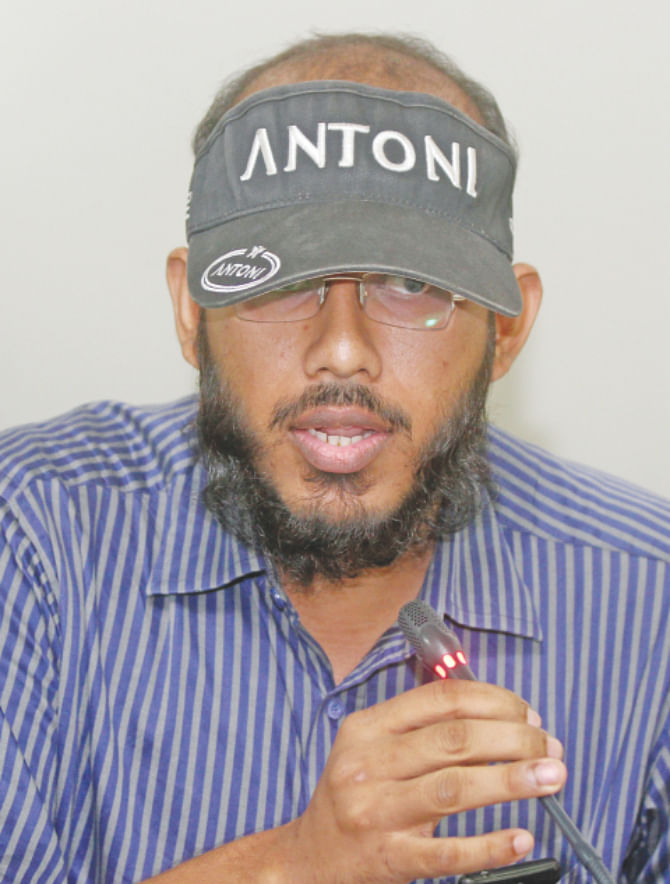
Ifthekar Mahmud, Policy and Advocacy Officer, CWFD
Deaf disables have major difficulties. We can easily access information but they cannot. We should also take care of this form of disability.
The main problem is that people with disability do not have participation in policy making process. If we can ensure their participation many problems will be solved automatically. Our range of people with disability should be stretched further to include pregnant women and old persons.
Generally we discuss about new buildings but we do not talk about already constructed buildings. These buildings should be modified to make them accessible for people with disability. This modification does not cost much. It only needs change of mindset.
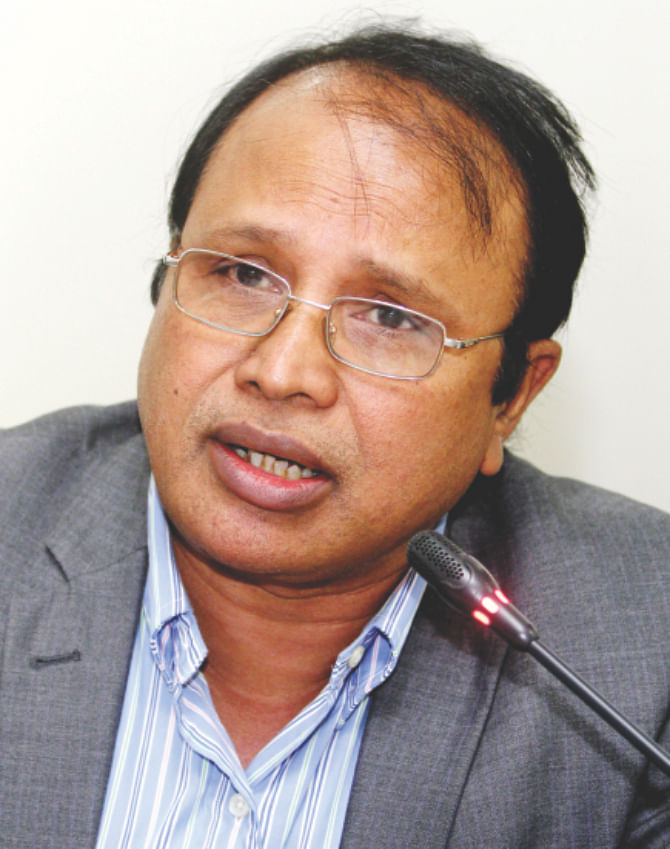
Shekh Abdul Mannan, Member, Planning, Rajuk
In the Building Construction Regulation 2008 there is clear provision of ramp and other relevant facilities for persons with disability. We review every design submitted to us. If all conditions are fulfilled only then we pass the design. Unfortunately they compromise with the architectural design while building the infrastructure. The owner and developer are guilty of this violation. If we strictly follow the provision of compulsory occupancy certificate then the problem will be solved radically. According to Building Construction Regulation 2008, occupancy certificate is a must. It is a new concept so it will take some time to be applied. If an owner does not have occupancy certificate he will certainly face law. It is a punishable crime.
We have also plans about already constructed buildings. Private sector can come forward in this regard and they can offer their CSR fund for improving accessibility of these buildings. We will also make some changes in Building Regulation to make more suitable for persons with disability.
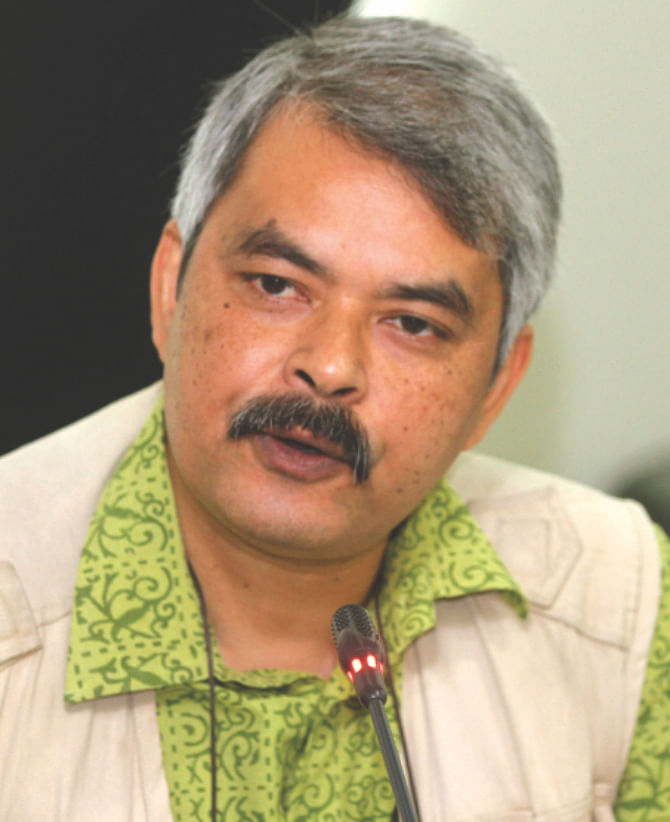
Dr. Nafeesur Rahman, Director, NFOWD
Civil engineering students should also learn about the rights of people with disability. An example will make this clear: the government has a plan of building ramp in every new primary school. But this does not happen due to insincerity of contractors. Though the engineer is responsible for investigation he is also unaware of this provision. Architects and engineers are professional people. They should take the responsibility of convincing their clients about accessibility of an infrastructure.
After six years of the Rajuk regulation 2008 still we do not find proper implementation of the Regulation. I do not understand why Rajuk does not use the ADP fund for modification in making the buildings accessible for people with disability?
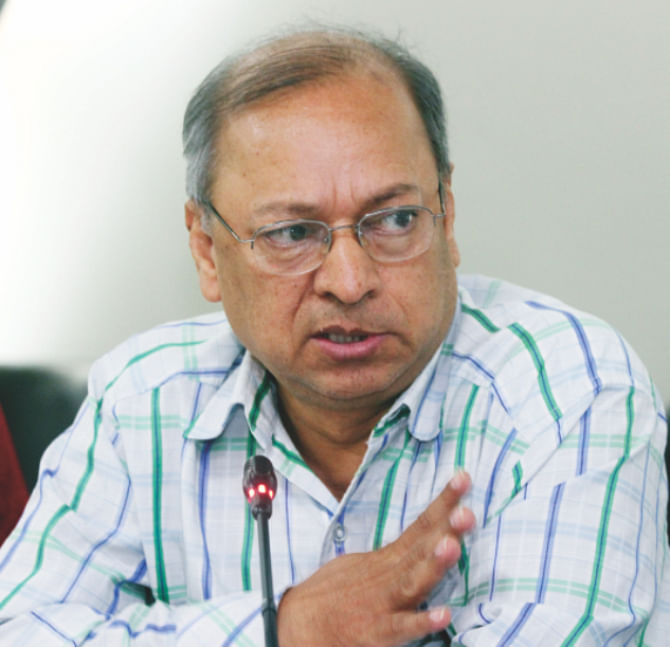
Abu Sadeque PEng., Director, Housing and Building Research Institute (HBRI)
In the new Building Code, we have incorporated many new provisions for persons with disability. Still there are a lot of issues to be incorporated. We have been successful after almost twenty years in accommodating universal accessibility in our Building Code. Within two months we will have revised Building Code where more issues of accessibility will be incorporated. Now the main challenge remains in implementation of this Code. We first concentrate on public buildings and then on private buildings. We are also thinking about constructing special buildings for people with disabilities. Finally, representation of the issues of people with disabilities in the print and electronic media is very important. Media can play a massive role in creating awareness about the rights of people with disability.
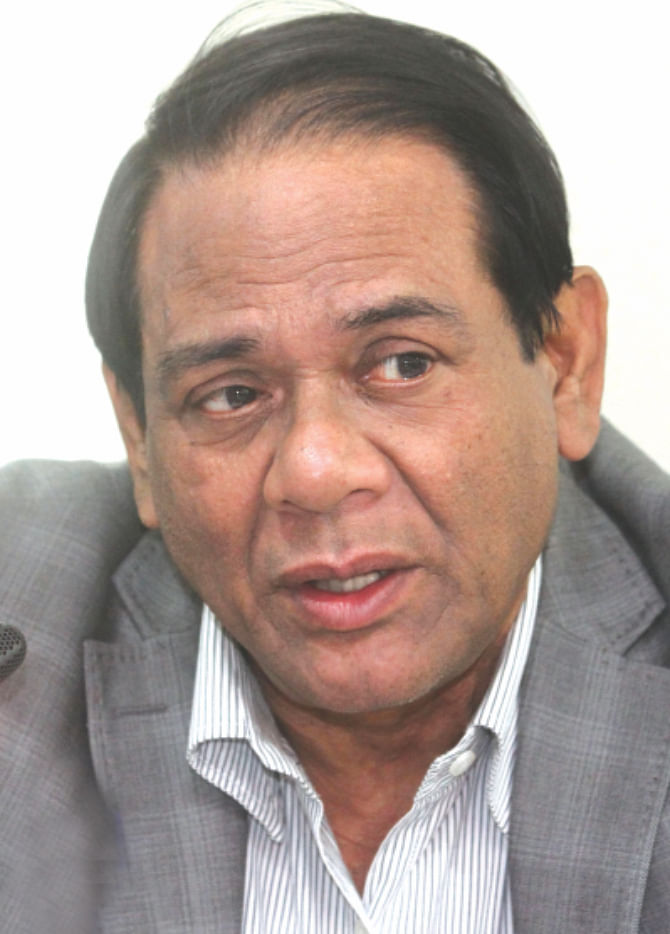
Ansar Ali Khan, CEO, Dhaka South City Corporation
Anyone can become disabled anytime. So we have to change our mindset. We have to make our living environment friendly for people with disability. Building ramp is not a huge task. It costs nothing much. We just need to be aware of the rights of people with disability.

M M Sultan Mahmud, Joint Secretary, Ministry of Social Welfare
Bangladesh has ratified the UN-Enable Convention. All the ministries have one per cent quota for people with disabilities. Our ministries will make new buildings with all the required facilities. We will build ramp in the secretariat and other government buildings.
We need to have exact data of people with disability. If any person with disability remains missing in our survey, S/he can download a form from our website and register. Registered people with disabilities will get government assistance. In our monthly ministerial meetings, we discuss the issue of disability with adequate importance. In our country people with disability were often deprived of property but the government has passed strong act to protect their rights in property. The government is committed to the rights of people with disability. We will do everything to fulfill this commitment.
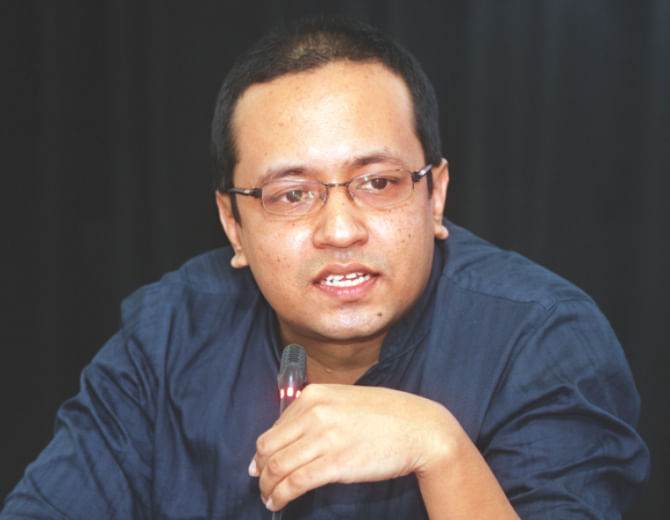
Shamim Ahmed, Head of Policy and Advocacy, WaterAid Bangladesh
We would not be able to achieve full access to sanitation and fresh drinking water if people with disabilities are left behind. If a person does not have access to a building how can he have access to its sanitation and fresh drinking water facility? Keeping in mind this fact we, along with B-SCAN and The Daily Star, have started a social campaign to protect the rights of people with disabilities. We have done an accessibility audit in 20 major building in Dhaka and Chittagong.
We request the authority of these 20 buildings to address the issue of inaccessibility. Chittagong WASA has already called a tender to modify their building. We along with The Daily Star will follow up these buildings and publish reports. We want to send a letter of concern with signature of all the participants of today's seminar.
It is important to note that leadership can change a lot of things. In the water, sanitation sector we need strong leadership who will facilitate the process and ensure that everyone everywhere have access to safe drinking water, sanitation facilities and hygiene services including persons with disabilities.

 For all latest news, follow The Daily Star's Google News channel.
For all latest news, follow The Daily Star's Google News channel. 



Comments